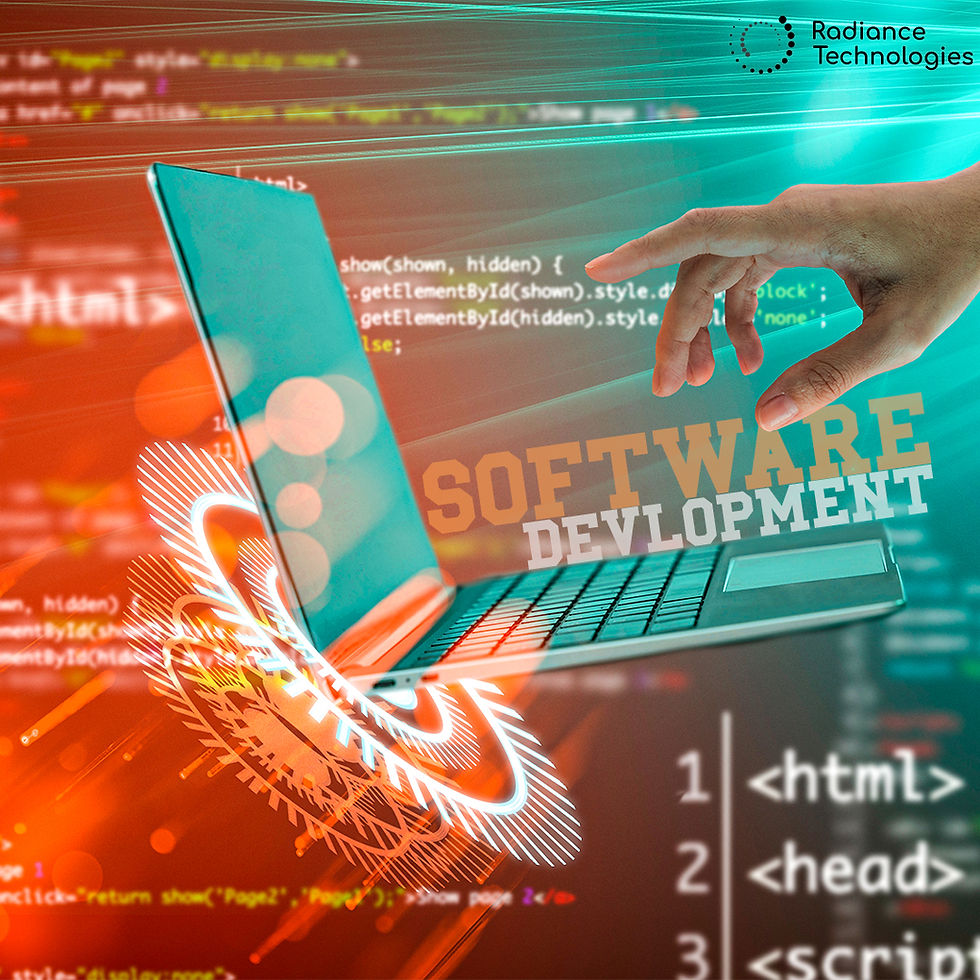The Software Development Lifecycle (SDLC) has evolved significantly over the years, incorporating various innovations to enhance efficiency, quality, and collaboration. Here are some key innovations shaping modern SDLC practices:
1. Agile Methodologies: Agile frameworks like Scrum and Kanban promote iterative development, allowing teams to respond quickly to changes and deliver incremental improvements.
2. DevOps Practices: The integration of development and operations fosters collaboration, automation, and continuous delivery, streamlining the deployment process.
3. Continuous Integration/Continuous Deployment (CI/CD): Automated testing and deployment processes ensure that code changes are integrated and delivered frequently, reducing the risk of errors.
4. Low-Code/No-Code Platforms: These platforms allow users to create applications with minimal coding, speeding up development and enabling non-developers to contribute.
5. Microservices Architecture: Breaking applications into smaller, independent services allows for easier updates and scalability.
6. Infrastructure as Code (IaC): IaC tools enable the management of infrastructure through code, promoting consistency and repeatability in environment setup.
7. Cloud-Native Development: Leveraging cloud services and tools enhances scalability and reduces the need for on-premises infrastructure management.
8. AI and Machine Learning Integration: AI-driven tools can assist in code reviews, bug detection, and even automated testing, improving overall software quality.
9. Collaborative Tools: Platforms like GitHub, GitLab, and Slack enhance team communication and version control, making collaboration seamless.
10. Security-First Approaches: Integrating security practices throughout the SDLC (DevSecOps) ensures that security is considered at every stage of development.
These innovations have made the SDLC more agile, collaborative, and responsive to the fast-paced demands of modern software development.


Comments